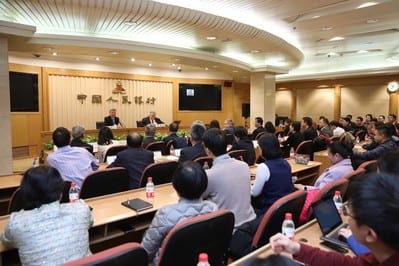After central banks played a critical role in stemming the Great Financial Crisis, monetary stimulus in subsequent years helped to build the foundations for the recovery.
But in its wake, there were unintended side effects and structural changes that will need to be addressed in the normalisation phase. These include high levels of debt, a shift from bank financing to bond financing and the postponement of structural reforms. The unwinding of monetary accommodation currently in progress in core advanced economies is a sign that earlier policies have done their job. Yet, risks are ever present, notably sharp market corrections that could spill over globally due to significant allocations by global asset managers in emerging market economy (EME) local currency bonds. To meet these challenges, policymakers need to adopt growth-enhancing structural reforms and implement fully the agreed post-crisis financial reforms. EME authorities should also be prepared to manage spillovers through the flexible use of policy instruments.
Read the full text



















